Michael Lester doesn’t shy away from a challenge. He builds a team of fellow innovators and comes up with tensioned fabric solutions.
“We’re always innovating,” says Michael Lester, managing director of MakMax Australia Pty. Ltd. in Brisbane, Australia, a world-renowned company building custom membrane structures and manufacturing a range of shade products. “We’ve always got new products in our minds and are working to bring them to market.”
Lester’s introduction to working with tensioned fabric structures came while he was still studying for his bachelor’s degree in civil engineering from the University of Queensland and working as a consulting engineer. He was brought in to work on an approximately 1,000-square-meter canopy for the World Expo 88, held in Brisbane. “After looking at how to do that work, I checked out subcontracting options and decided instead to learn as much as I could and engineer it myself,” he says. “That pretty much shaped the rest of my career.” (The structure was relocated to Biloela in central Queensland after the expo, and is still in use.)
Lester eventually became a partner in the consultancy, which he sold out of in 1997 to buy into Shade Structures Pacific. In 2000 that company became a subsidiary of Amherst, N.Y.-based Birdair Inc. In 2005 ownership passed directly to the Taiyo Kogyo Corp. based in Tokyo and Osaka, Japan. “That’s been a very fruitful relationship for me because Taiyo Kogyo Group is the largest tension structure organization in the world, and they’re also very collegiate in their treatment of the various companies and subsidiaries around the world, and with that comes access to skills from all the countries [in that group],” Lester says.
MakMax projects range from standard umbrellas of 2 to 3 square meters to its biggest project at the moment, Perth Stadium in Burswood, Western Australia—a multipurpose 35,000-square-meter PTFE venue. Lester and his team of engineers, project managers and construction experts embrace the challenges that come with each new project in tender and kick-off meetings where a free-flowing exchange of ideas is the expectation.
“Each project has its challenges, and the very first challenge is to work out what those challenges are,” he says. “Being able to do that comes from experience and knowledge and having a really good team that can build the projects in their heads, so they can anticipate what problems might arrive and take steps to solve.

